- Home
- Plumbing
- Plumbing Valves
- Backflow Prevention Valves
- Check Valves
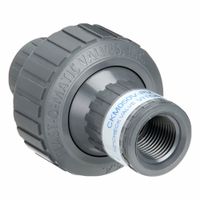
Diaphragm Check Valves
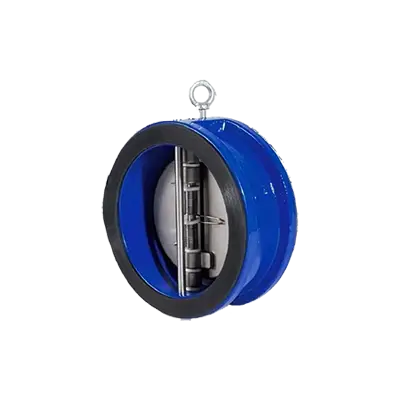
Double-Door Wafer Check Valves
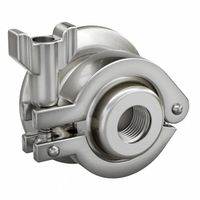
Food Grade & Sanitary Air Blow Check Valves
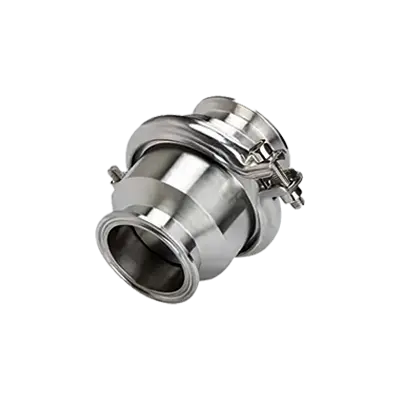
Food Grade & Sanitary Ball Check Valves
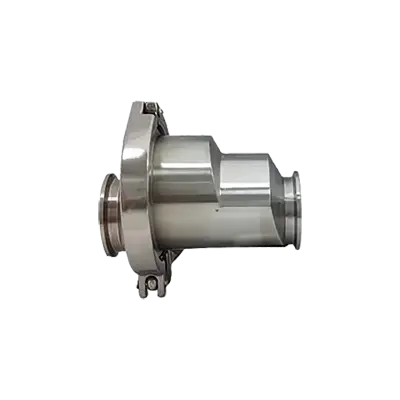
Food Grade & Sanitary Poppet Check Valves
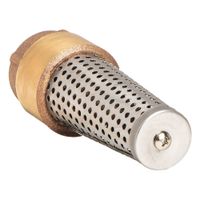
Foot Valves
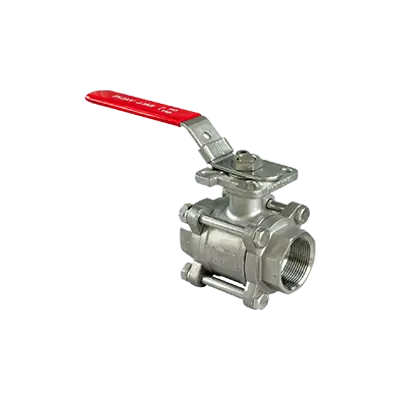
General Service Ball Check Valves
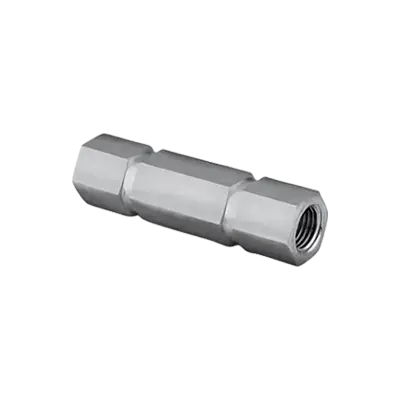
General Service Poppet Check Valves
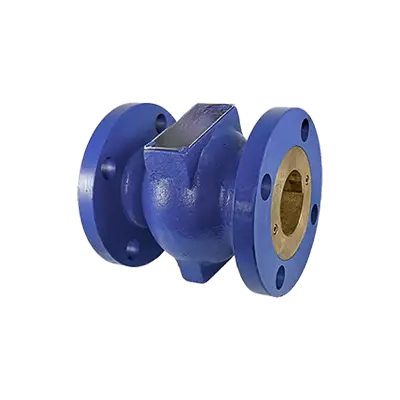
Globe-Body Disc Check Valves
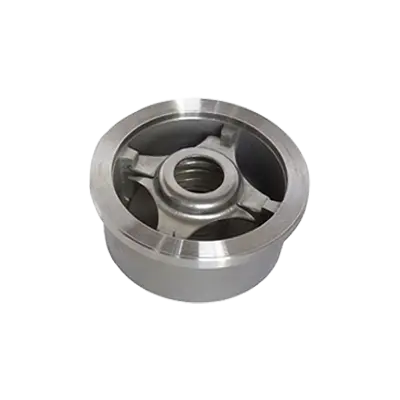
Inline Disc Check Valves
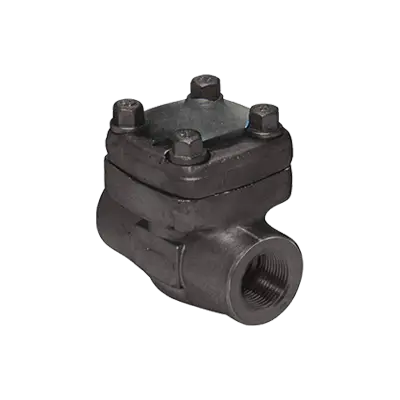
Inline Piston Check Valves
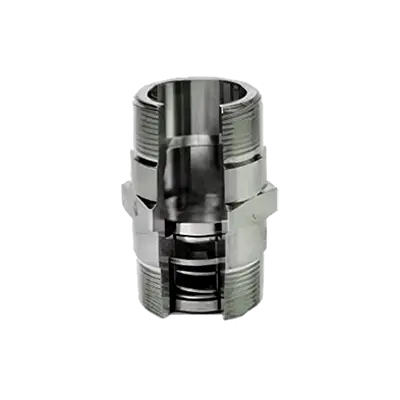
Inline Spring-Loaded Swing Check Valves
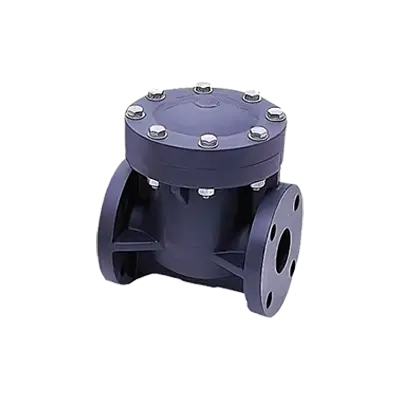
Inline Swing Check Valves
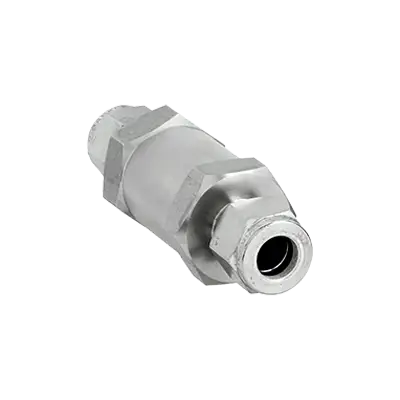
Instrumentation Poppet Check Valves
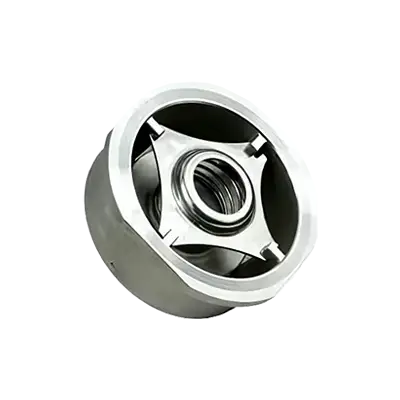
Wafer Disc Check Valves
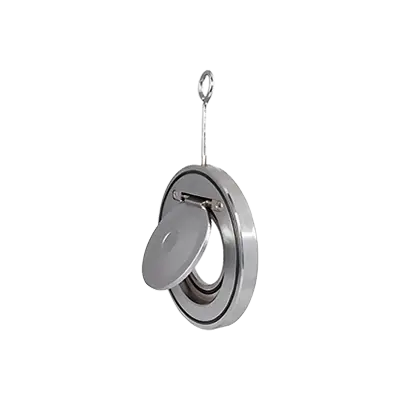
Wafer Spring-Loaded Swing Check Valves
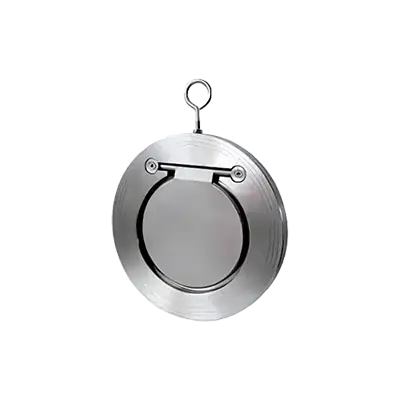
Wafer Swing Check Valves
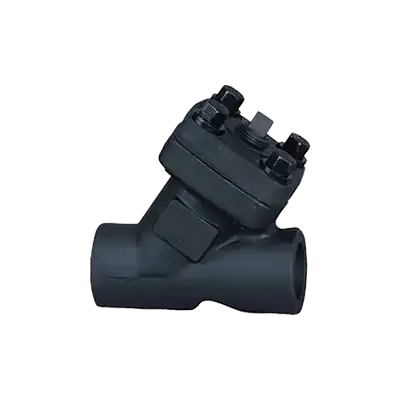
Y Piston Check Valves
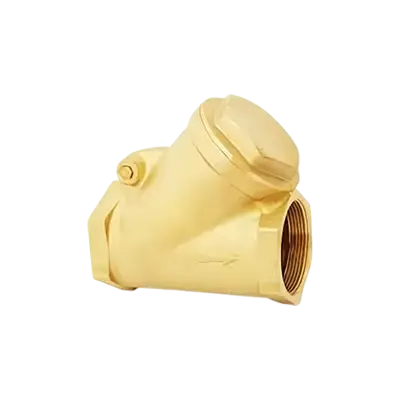
Y Swing Check Valves
Frequently Asked Questions
What is a check valve and how does it work?
What are the different types of check valves?
How do you install a check valve?
What are the common applications of check valves?
How do you maintain and troubleshoot a check valve?
What materials are check valves made from?
How do you choose the right check valve for a specific application?